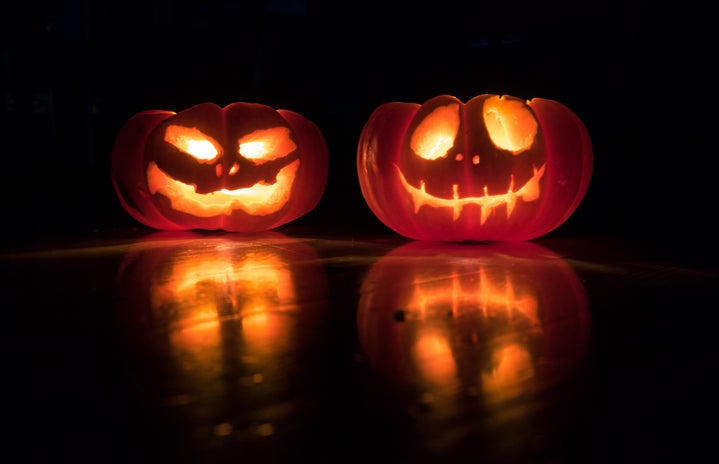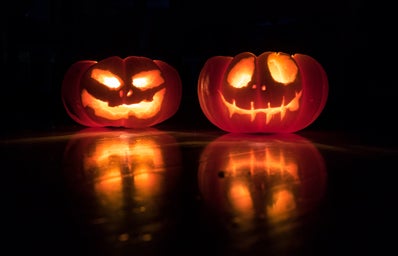The holiday season is approaching and with Halloween coming up next week, I thought I’d take this opportunity to talk about one of my personal favorite holidays, Dia de los Muertos (or, Day of the Dead) that typically begins celebration on the night of Oct. 31, but continues throughout November 2.
The holiday originated in Mexico and is now celebrated all across Latin America. It is a very unique holiday for many reasons. In the United States, it is common culture for people to meet a death with mourning, but in Latin America, death is met with celebration because that is what the dead would enjoy more. That is also why the decorations are always bright and colorful and lively music is played; it is meant to be a time of joy for everyone. Celebrations differ from home to home but everyone is united under the common factor of celebrating the lives of their deceased loved ones. Friends and family gather up the dead’s favorite foods, drinks, candies, etc. onto an ofrenenda, or alter, to greet them when they awaken and arrive on October 31.
Although Dia de los Muertos is not as popular in the United States as holidays such as Halloween, chances are you have seen some form of the decor used for it. Probably the most common symbol to see is the calavera, or skull. These can be seen as bright and glittery figurines or in candy form! A prominent tradition is to make them out of sugar and give them out as gifts (but not treats…most sugar skulls will have inedible decorations such as sequins and beads) or place them on the ofrendas. It is also a common tradition for people to paint their faces to look like calaveras, whether it is their full face or just half. The point is to connect and celebrate as much as possible with the dead. Keep in mind that this is the only time of the year where the spirits get to come back to see their families, so the boldest of decorations are prepared. Tons of beautiful flowers are collected and made out of paper, too. Another one of the most common traditions is to bake pan de muerto, or “bread of the dead”, which has countless variations but is typically sweet and round shaped with strips of more bread layer across the top to symbolize bones.
Sometimes families will choose to celebrate the holiday at graveyards to commemorate there. Lots of restaurants and museums will hold Dia de los Muertos celebrations too, where you will find countless amounts of Latin food, music, and activities for everyone to relish.
All this talk about the dead can seem pretty morbid, but it is actually quite the opposite. The festivities, vibrant colors, and sweet aromas floating around the communities are meant to welcome the spirits and bring families closer. The tradition of bringing happiness to the dead instead of spending time mourning might be new to some, but it is something to appreciate. It is near and dear to many.
If you are interested in learning more about the holiday or participating in festivities, San Francisco has an Annual Festival of Alters which will be held November 2 this year.

